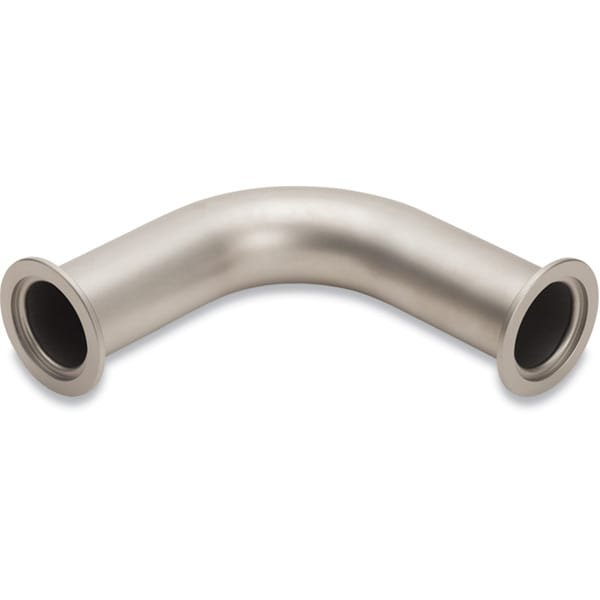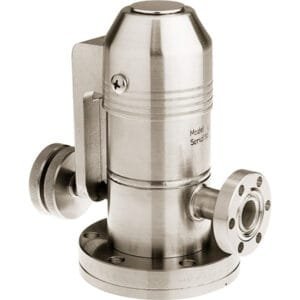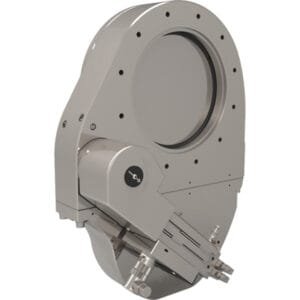90° KF (QF) HV Long Radius Elbows
90° KF (QF) HV Long Radius Elbows are specialized vacuum components designed to facilitate smooth 90-degree directional changes in high-vacuum (HV) and ultra-high-vacuum (UHV) systems. Featuring a longer bend radius, these elbows help maintain the gas flow without introducing turbulence, ensuring efficient performance in a variety of vacuum applications.
Key Features
Material: Constructed from high-quality stainless steel (304L or 316L), offering excellent durability, corrosion resistance, and minimal outgassing, ensuring reliability in demanding environments.
Long Radius Design: The longer radius ensures a gentler bend, minimizing flow restrictions, turbulence, and pressure drops compared to standard elbows.
KF (QF) Flange Connection: Compatible with ISO-KF (QF) vacuum fittings, allowing for quick, secure connections with no need for welding.
Leak-Tight Performance: Precision machining and welding ensure airtight seals, ideal for HV/UHV environments where minimizing leaks is crucial.
Custom Sizes: Available in various sizes to accommodate specific system requirements, with customizable configurations upon request.
Applications
Semiconductor Fabrication: Used in deposition systems, etching, and plasma processing chambers to maintain smooth gas flow and minimize contamination.
Vacuum Coating Systems: Essential for sputtering and thin-film deposition in industries like optics, electronics, and solar cell manufacturing.
Research & Laboratory Equipment: Ideal for mass spectrometry, accelerator chambers, and other high-vacuum or UHV systems requiring a consistent gas flow.
Industrial Applications: Suitable for chemical processing, aerospace, pharmaceutical, and other industrial sectors relying on high-vacuum systems.
Why Choose TFM’s 90° KF (QF) HV Long Radius Elbows?
Gentle bend minimizes gas flow restrictions and turbulence
Leak-tight and corrosion-resistant, ideal for UHV environments
High-purity stainless steel for long-term performance
Custom sizes and configurations available to meet specific needs





Reviews
There are no reviews yet.